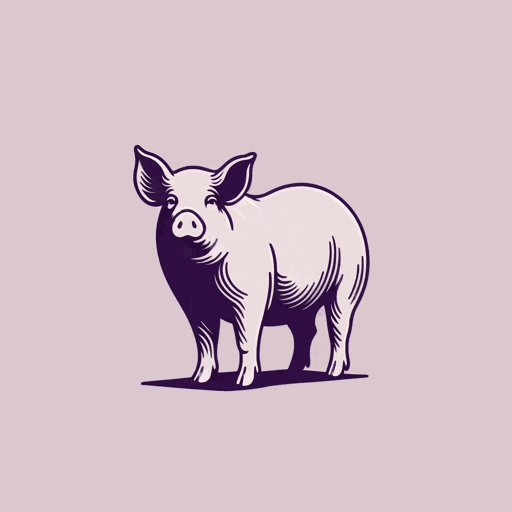43 pages • 1 hour read
George OrwellShooting an Elephant
Nonfiction | Essay / Speech | Adult | Published in 1936A modern alternative to SparkNotes and CliffsNotes, SuperSummary offers high-quality Study Guides with detailed chapter summaries and analysis of major themes, characters, and more. For select classroom titles, we also provide Teaching Guides with discussion and quiz questions to prompt student engagement.
Essay Analysis
Analysis: “Shooting an Elephant”
Orwell’s essay “Shooting an Elephant” paints a graphic picture of British imperialism, especially Britain’s rule over Burma (now Myanmar) which lasted from 1824 to 1948. Orwell served in the British military there from 1922 to 1927. Before writing this essay, he published the novel Burmese Days, which details the dark side of imperialism: corruption and despotism. “Shooting an Elephant” is written in the first person, and many have questioned whether it is nonfiction or fiction, especially since Orwell wrote in both genres. The ambiguity adds to the intensity of the essay; Orwell indeed served in Burma, yet there is no known reporting or documentation of this incident. Nonetheless, he considered the work an essay.
Orwell constructs the essay around juxtapositions: The narrator is a foreigner with authority over the Burmese people; he is an imperial official who distrusts the government he represents; his internal monologue is nearly drowned out by the loud, growing crowd at his heels; and he faces a large, deadly animal that seems to be worth more to the crowd than the man it crushed.
Related Titles
By George Orwell

1984
George Orwell

A Hanging
George Orwell

Animal Farm
George Orwell

Burmese Days
George Orwell

Coming Up for Air
George Orwell

Down and Out in Paris and London
George Orwell

Homage To Catalonia
George Orwell

Keep the Aspidistra Flying
George Orwell

Politics and the English Language
George Orwell

Such, Such Were the Joys
George Orwell

The Road to Wigan Pier
George Orwell

Why I Write
George Orwell

